2019 下半年教师资格考试初中英语面试真题
试讲题目 1.题目:Wild animals
2.内容:
Sadly, giant pandas face serious problems in the wild. For example, it is very
difficult for pandas to have babies, and many baby pandas die when they are very
young. Also, giant pandas live mainly on a special kind of bamboo. However, the bamboo
forests are becoming smaller and smaller. As a result, pandas may not have a place
to live or food to eat.
Giant pandas are now in danger. We should take action right away. Here are some ideas.
1. help pandas have more babies;
2. build more panda reserves;
3. make laws to protect pandas.
3.基本要求:
(1)朗读全文;
(2)设计引导学生进行预测的教学活动;
(3)配合教学内容适当板书;
(4)全英授课。
答辩题目 1. How should we communicate with students?
2. Please talk about your own personality. Are you outgoing or introverted?
�
二、考题解析
【教案】
Wild animals
Teaching aims:
Knowledge aims:
Students can understand the content of the listening material.
Students can be familiar with the present situation of giant pandas.
Ability aim:
Students will develop their listening abilities of catching key words.
Emotional aim:
Students can foster the awareness of protecting wild and endangered animals.
Key and difficult points:
Key point:
How to understand the listening material.
Difficult point:
How to foster the awareness of protecting wild animals.
Teaching procedures:
Step 1: Warming-up
�
1. Greetings.
2. Let students enjoy a song named Do Re Mi and ask them what is followed by doe.
The song is like this:
Doe, a deer, a female deer.
Ray, a drop of golden sun.
Me, a name I call myself.
Far, a long, long way to run.
Sew, a needle pulling thread.
La, a note to follow Sew.
Tea, a drink with jam and bread.
That will bring us back to Do (oh-oh-oh).
Ask students to answer the question. Then tell them that elk is a kind of endangered
animal and lead in the topic.
Step 2: Pre-listening
Show an interesting video clip of a cute giant panda named Qingyi, who is a social
media star. And ask students a question, “What do you know about giant pandas?”
Then ask students to predict the main idea of the listening material according to
the video.
Step 3: While-listening
1. Extensive listening
�
Read the passage for students and ask them to find the main idea of the listening
material.
Then invite one student to write the answer on the blackboard.
2. Intensive listening
Play the tape and ask students to answer two questions:
Q1: What problem do giant pandas face?
Q2: How should we protect giant pandas, according to the passage?
Then lead students to fill in the chart on the blackboard.
Step 4: Post-listening
Ask students to design a slogan for protecting giant pandas in groups of four and
encourage students to be creative. 5 minutes are given for discussion. Then invite
some groups to share and explain.
Step 5: Summary and Homework
Summary: invite a student to be a little teacher and summarize today’s lesson. Ask
students to protect wild and endangered animals.
Homework: ask students to design a poster of protecting wild animals.
Blackboard design:
�
Teaching reflection
试讲题目 2.题目:Attributive clause
2.内容:
3.基本要求:
(1)根据所给材料,设计语法相关的教学活动;
(2)配合教学内容适当板书;
(3)试讲时间 10 分钟;
(4)全英授课。
答辩题目 1.请谈谈语法教学中的常见教学方法。
2.本堂课的难点在哪里?
�
(注:以上图片节选自仁爱版九年级上册第 4 单元第 103 页)
二、考题解析
【教案】
National heroes
Teaching aims:
Knowledge aim:
Students can understand the meaning and function of attributive clause.
Ability aim:
Students are able to improve their logical thinking and inductive ability.
Emotional aim:
Students will be more interested and confident in English learning.
Key and difficult point:
Key point:
The improvement in understanding the meaning and function of attributive clause.
Difficult point:
How to improve their inductive ability and be confident to express themselves.
Teaching procedure:
Step 1: Warming-up
�
1. Greetings.
2. Lead students to sing a song named You Raise Me Up.
3. Ask them if there is something that can raise them up to lead out topic.
Step 2: Presentation
1. Ask students to read the passage to get the main idea and underline the sentences
they may not understand.
2. Write down the target sentences on the blackboard and ask students to observe
and discuss the similarities and differences.
3. Explain and conclude the definition, structure and rules of attributive clause.
The attributive clause is used to modify a noun or pronoun before it. The structure
is “antecedent + relative words + clause”. When the antecedent is a person, the
relative word should be “who” or “that”. When the antecedent is a thing, the
relative word should be “which” or “that”.
Step 3: Practice
Mechanical drill:
Lead students to fill in the blanks on the screen. Check answers later. Give
encouragement.
Meaningful drill:
Ask them to describe the pictures on the screen. Invite a few students to answer.
Step 4: Production
�
Discussion:
Make a discussion in groups of 4 about what they learn from these national heroes.
They should try to use attributive clause as much as possible. 5 minutes are given
before inviting one or two group representatives to share.
Step 5: Summary and Homework
Summary: ask a student to help conclude the content of the lesson and summarize
together.
Homework: ask students to share the story of astronauts to their parents and write
a short composition about their feelings. Also, they need to use attributive clause
in the article.
Blackboard design:
Teaching reflection
试讲题目 3.题目:Good Manners
2.内容:
(Daniel is hosting the school radio show this week. He is interviewing Jenny, a Grade
9 student, who has recently visited the UK.)
�

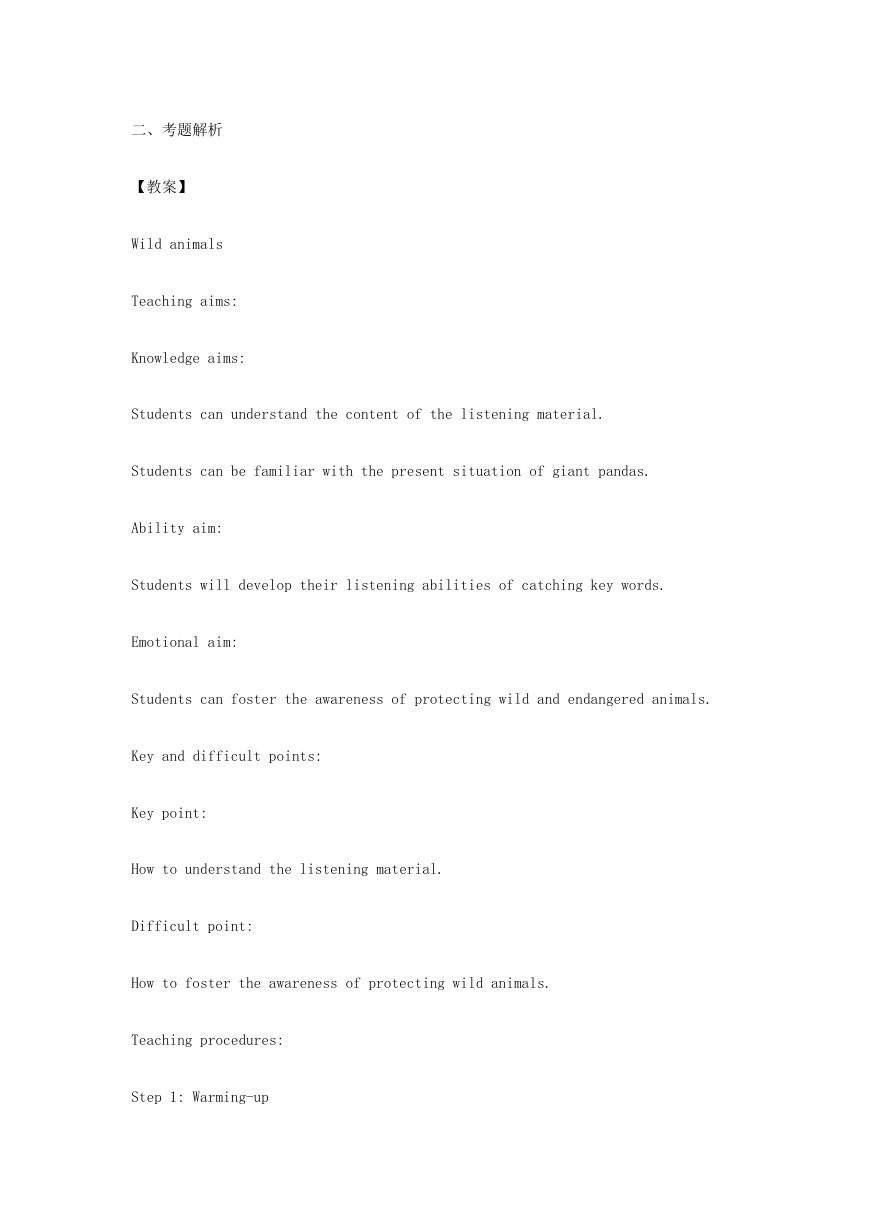
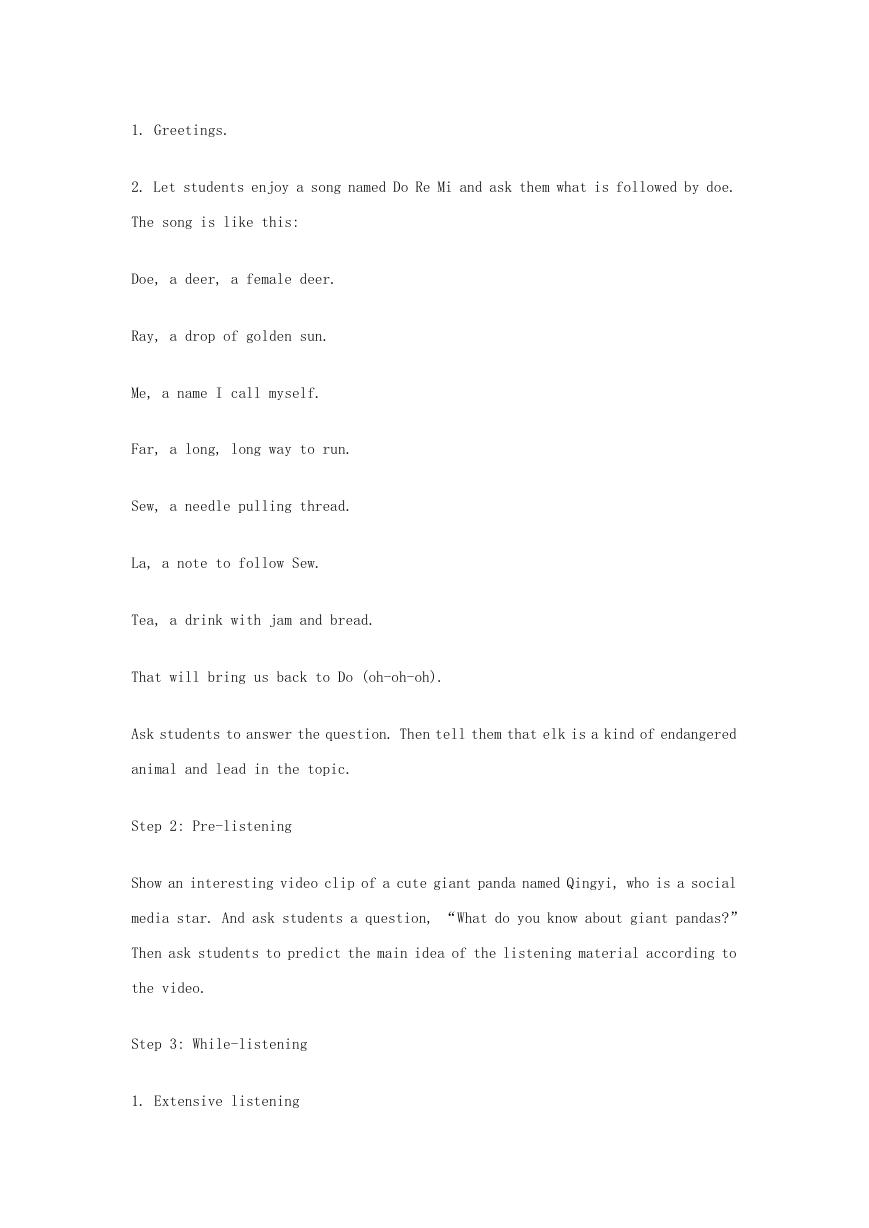

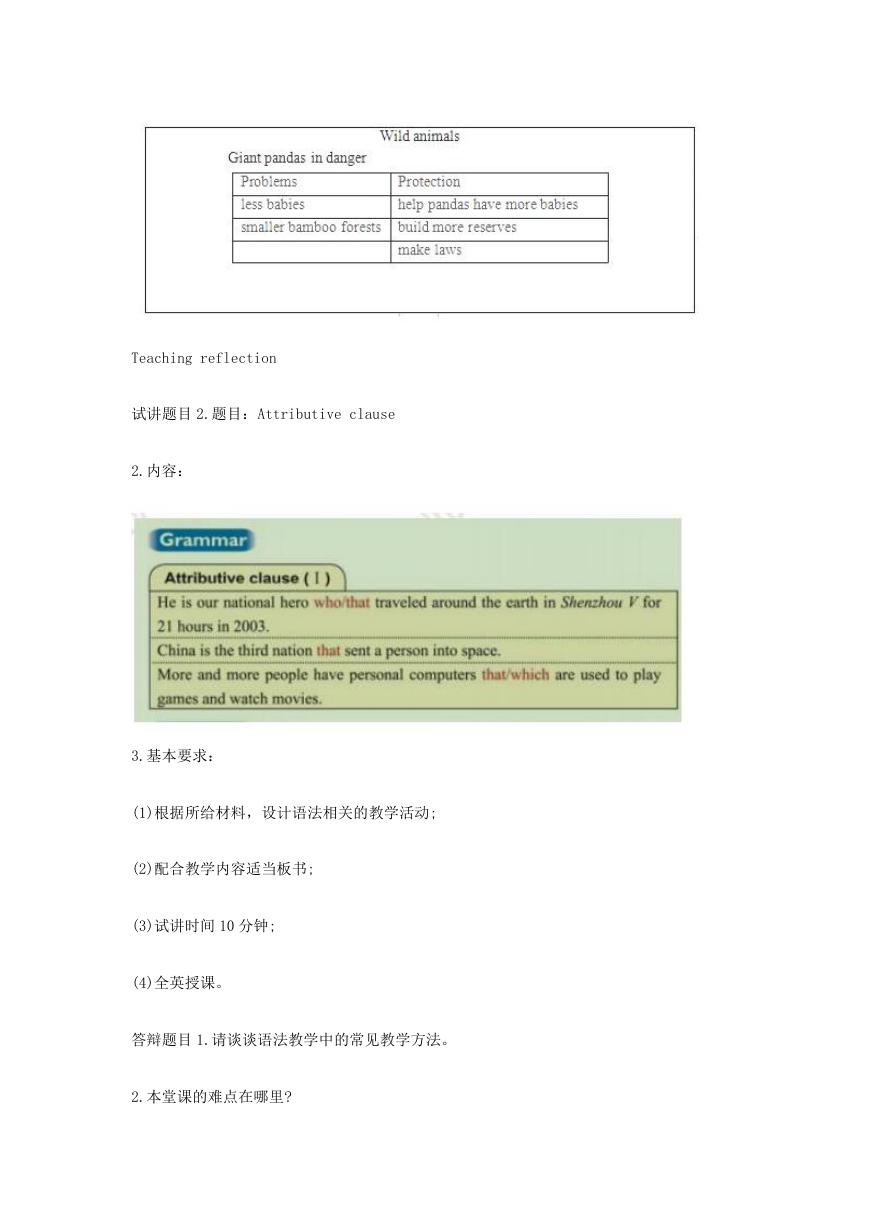

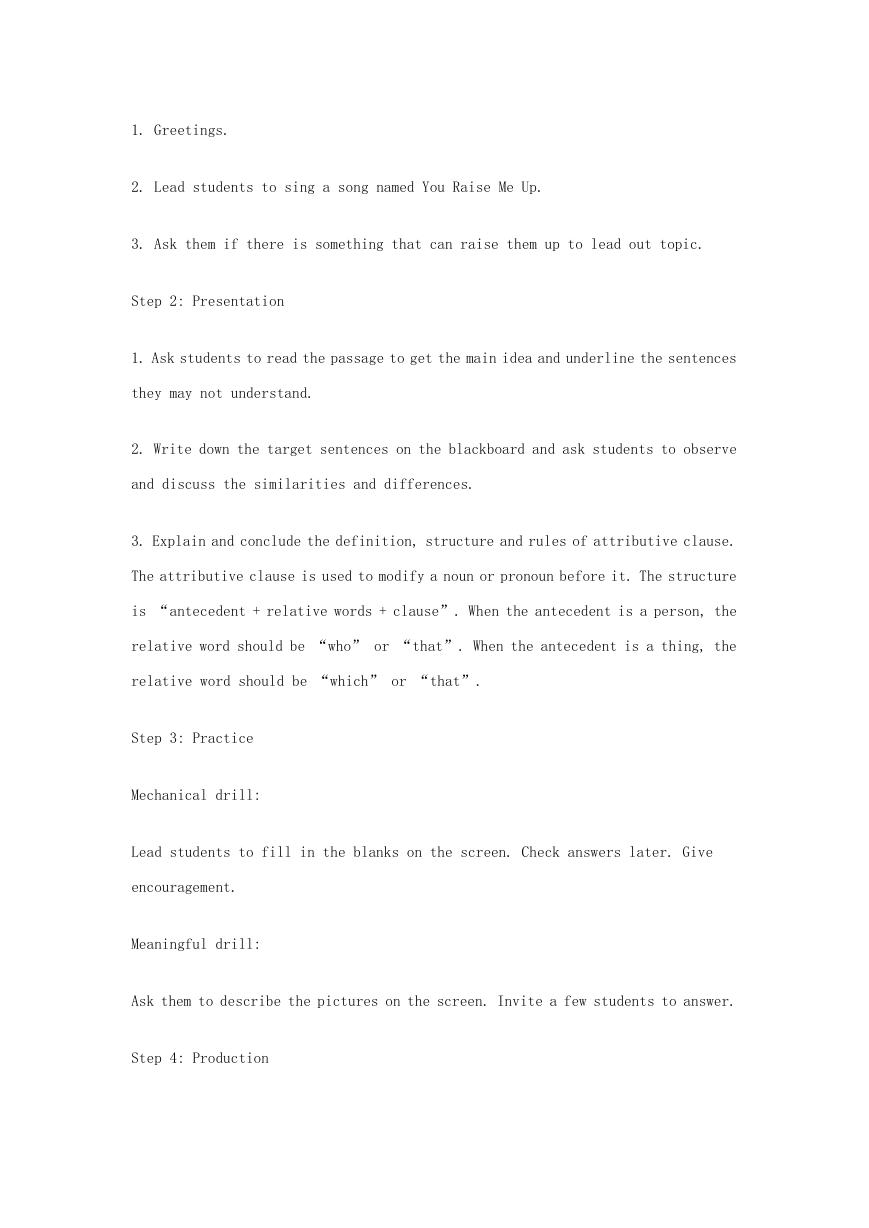
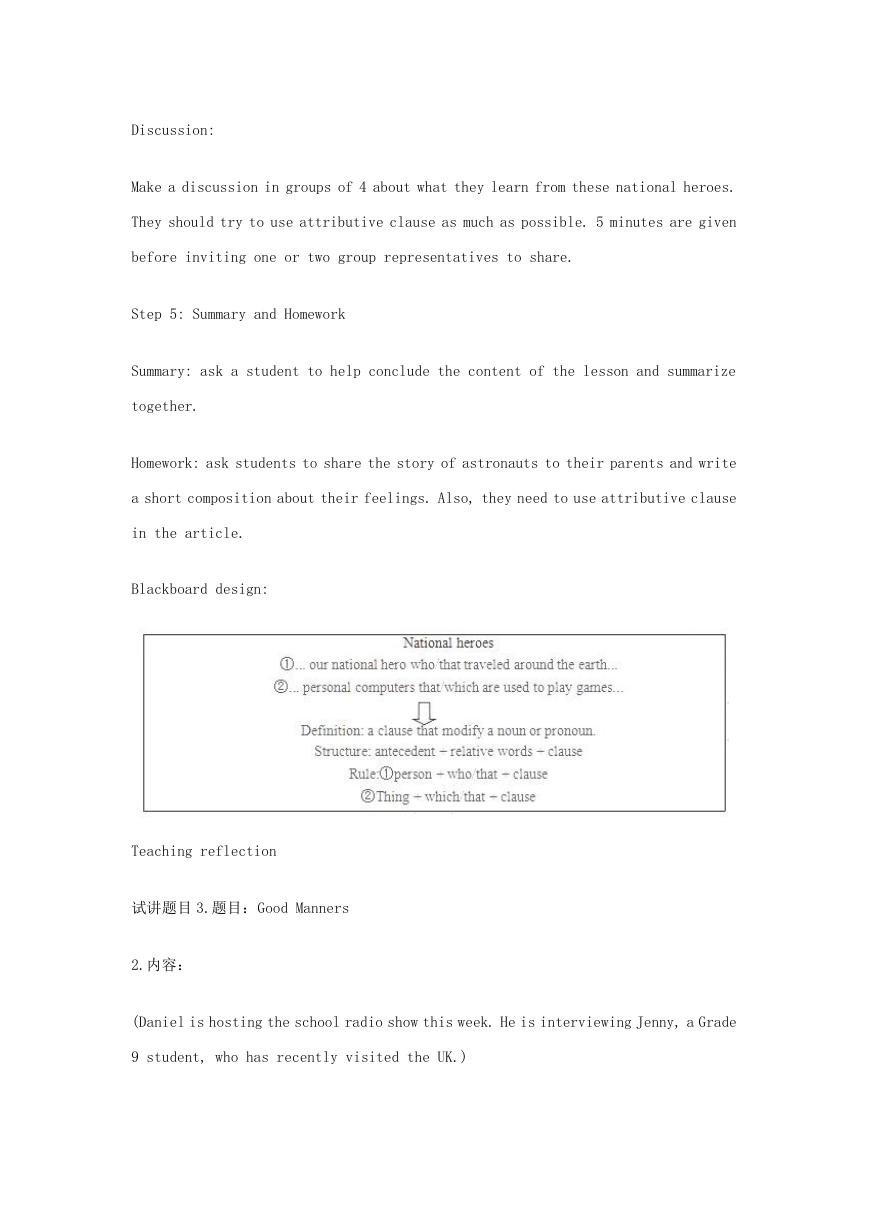








 2023年江西萍乡中考道德与法治真题及答案.doc
2023年江西萍乡中考道德与法治真题及答案.doc 2012年重庆南川中考生物真题及答案.doc
2012年重庆南川中考生物真题及答案.doc 2013年江西师范大学地理学综合及文艺理论基础考研真题.doc
2013年江西师范大学地理学综合及文艺理论基础考研真题.doc 2020年四川甘孜小升初语文真题及答案I卷.doc
2020年四川甘孜小升初语文真题及答案I卷.doc 2020年注册岩土工程师专业基础考试真题及答案.doc
2020年注册岩土工程师专业基础考试真题及答案.doc 2023-2024学年福建省厦门市九年级上学期数学月考试题及答案.doc
2023-2024学年福建省厦门市九年级上学期数学月考试题及答案.doc 2021-2022学年辽宁省沈阳市大东区九年级上学期语文期末试题及答案.doc
2021-2022学年辽宁省沈阳市大东区九年级上学期语文期末试题及答案.doc 2022-2023学年北京东城区初三第一学期物理期末试卷及答案.doc
2022-2023学年北京东城区初三第一学期物理期末试卷及答案.doc 2018上半年江西教师资格初中地理学科知识与教学能力真题及答案.doc
2018上半年江西教师资格初中地理学科知识与教学能力真题及答案.doc 2012年河北国家公务员申论考试真题及答案-省级.doc
2012年河北国家公务员申论考试真题及答案-省级.doc 2020-2021学年江苏省扬州市江都区邵樊片九年级上学期数学第一次质量检测试题及答案.doc
2020-2021学年江苏省扬州市江都区邵樊片九年级上学期数学第一次质量检测试题及答案.doc 2022下半年黑龙江教师资格证中学综合素质真题及答案.doc
2022下半年黑龙江教师资格证中学综合素质真题及答案.doc